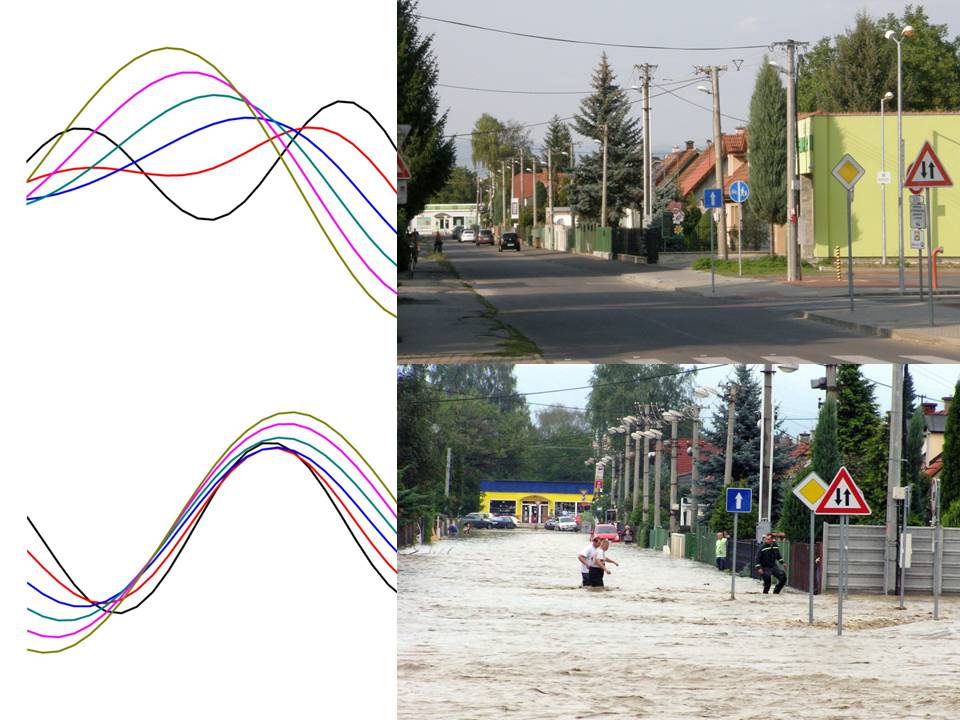ČESKÁ VERZE
Good dissonance, dangerous consonance: The tones of El Niño
When a musical group or orchestra play dissonant tones, listeners are disappointed and unlucky. In the nature of our planet there is an orchestra whose consonance can lead to disasters. It is known as El Niño.
El Niño - Southern Oscillation is a gigantic natural pendulum which swings sea surface temperatures in tropical Pacific from its cold (La Niña) to warm phase (El Niño). Amplitudes of these swings changes from small to extreme values. The latter have a tremendous influence on the global climate - they cause, for instance, droughts in Asia and Australia, and, simultaneously, floods in South America. The period of this pendulum is variable, it changes from two to seven years. However, its maximum swings occur in a particular part of the year. Mathematically speaking, the slow El Niño cycles are synchronized with the annual cycle. Synchronization and causal interactions of oscillatory phenomena of different frequencies is a research topic of a Complex Systems group at the Institute of Computer Science of the Czech Academy of Sciences in Prague. In cooperation with colleagues from the University of Wisconsin-Milwaukee and University of California San Diego, they identified basic oscillatory components - or tones - of the El Niño phenomenon, uncovered the network of their causal interactions and showed how synchronization - or consonant performance of these tones leads to extreme El Niño or La Niña events. Conversely, dissonant El Niño tones, or desynchronized oscillatory components characterize quiet periods without significant digressions from long-term temperature or precipitation means. This important scientific result, published in Nature Partner Journal Climate and Atmospheric Science, helps to better understand and potentially predict extreme El Niño events and their disastrous consequences.

Dissonant El Niño tones (oscillations) characterize normal conditions, while consonant tones - synchronized oscillations lead to extreme events such as floods in one part of the world and droughts in another. © Milan Palus 2018